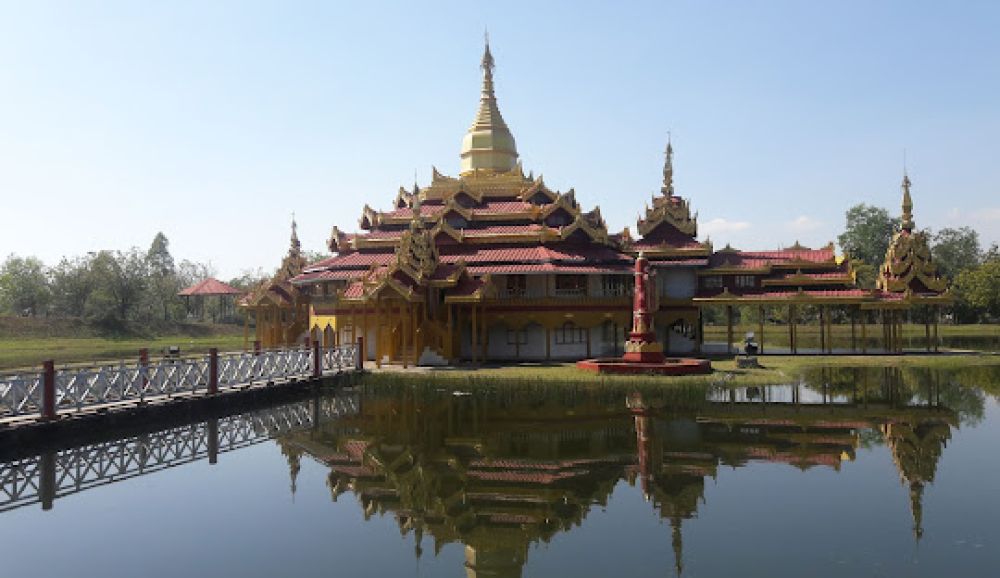

The National Landmark Garden in Naypyidaw, which is the capital city of Myanmar, serves as a testament to the nation's rich heritage and diverse attractions. Providing a miniature representation of Myanmar, the garden was designed to showcase the country's major landmarks at a smaller scale. The history of tourism in this unique destination is a relatively modern development, closely linked to the establishment of Naypyidaw as Myanmar's capital in 2005.
Before Naypyidaw rose to prominence, Myanmar's tourism was concentrated around historical cities such as Yangon (Rangoon) and the ancient city of Bagan. With the government's decision to move the capital to Naypyidaw came a push to create a unique draw for both local and international visitors. The National Landmark Garden was conceived as a way to promote cultural awareness and celebrate the variety found throughout Myanmar, all within the convenience of the new capital.
The official opening of the garden has since marked a new chapter for Naypyidaw's tourism, providing an educational and leisure experience for tourists. Historical attractions rendered as replicas include the Shwedagon Pagoda, the temples of Bagan, Inle Lake, and Mount Popa. Through these miniatures, visitors can gain an appreciation for the country without needing to travel extensively across it.
In recent years, Myanmar's tourism industry has encountered numerous challenges, ranging from political to socio-economic and health-related issues. Nonetheless, emerging trends have been shaping the landscape of tourism around the National Landmark Garden and Naypyidaw:
The National Landmark Garden in Naypyidaw is more than just a tourist attraction—it represents Myanmar's aspiration to present its cultural richness and geographic diversity in one accessible location. As the country continues to develop its tourism strategies, this location remains a pivotal part of attracting and educating visitors about the wonders of Myanmar.